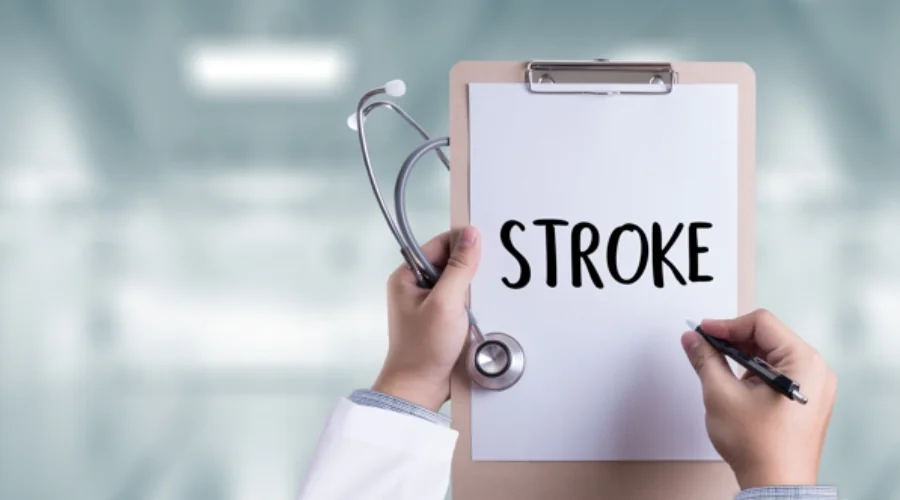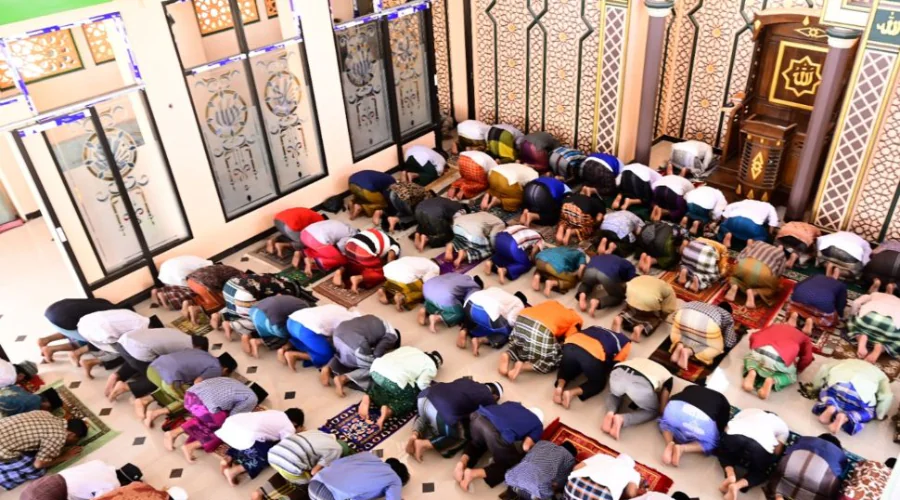
- 12 Aug
- 2022
Ilustrasi gambar (freepik)
UM Surabaya Faculty of Medicine Lecturer Describes the Causes and Symptoms of Stroke at a Young Age
Stroke is known as the second most common cause of death affecting one individual every 5 seconds. According to the World Health Organization (WHO) stroke is one of the most common neurological conditions that cause long-term disability coupled with a large number of emotional and socioeconomic consequences.
A study conducted by the Indian Council of Medical Research (ICMR) showed that around 10% to 15% of these types of strokes that occur in young adult patients result in almost one fifth of them being hospitalized.
Lecturer at the Faculty of Medicine (FK) Muhammadiyah University of Surabaya (UM Surabaya) M Reza Utama explained that most strokes in young adults are caused by two types of bleeding.
“The first type is subarachnoid hemorrhage, which is bleeding that occurs in the area between the arachnoid membrane and the pia mater that surrounds the brain. The second type is due to intracranial bleeding, which is when the blood vessels in the skull burst or leak,” explained Reza Friday (12/8/22)
Reza explained that these two causes were found to be more dominant among young adults (40-55%) when compared to the general stroke population (15-20%). However, the trend is shifting. The most common type of stroke affecting the majority of the population today is infarction stroke which is a type of stroke caused by a blockage in a blood vessel that supplies blood to the brain.
According to his explanation, stroke symptoms in young adults can be identified quickly through the BE FAST abbreviation: namely Balance (balance or coordination disorders), Eyesight changes (changes in vision in one or both eyes), Facial drooping (weakening of facial muscles/ numbness), Arm weakness (weakness of the limbs, especially on one side of the body), Speech difficulty (speech disorder or difficulty understanding) and Time (happens suddenly / suddenly)
"We can use this acronym as a mnemonic to help detect and improve responsiveness to stroke patient emergencies," he added.
Reza also explained several risks that can trigger strokes in young adults including: smoking, alcoholism, obesity body mass index category, diabetes, high blood pressure, high cholesterol levels, abnormal heart structure, use of contraceptive pills that contain the hormone estrogen ( increases the risk 2-5 times in women who already have other risk factors before), blood clotting disorders and problems during pregnancy and the puerperium.
"By knowing the various risk factors above, prevention by controlling risk factors/special conditions and cultivating an active and healthy lifestyle needs to be pursued as early as possible so that we and our families can minimize the possibility of having a stroke at a young age," Reza concluded.










(0) Comments